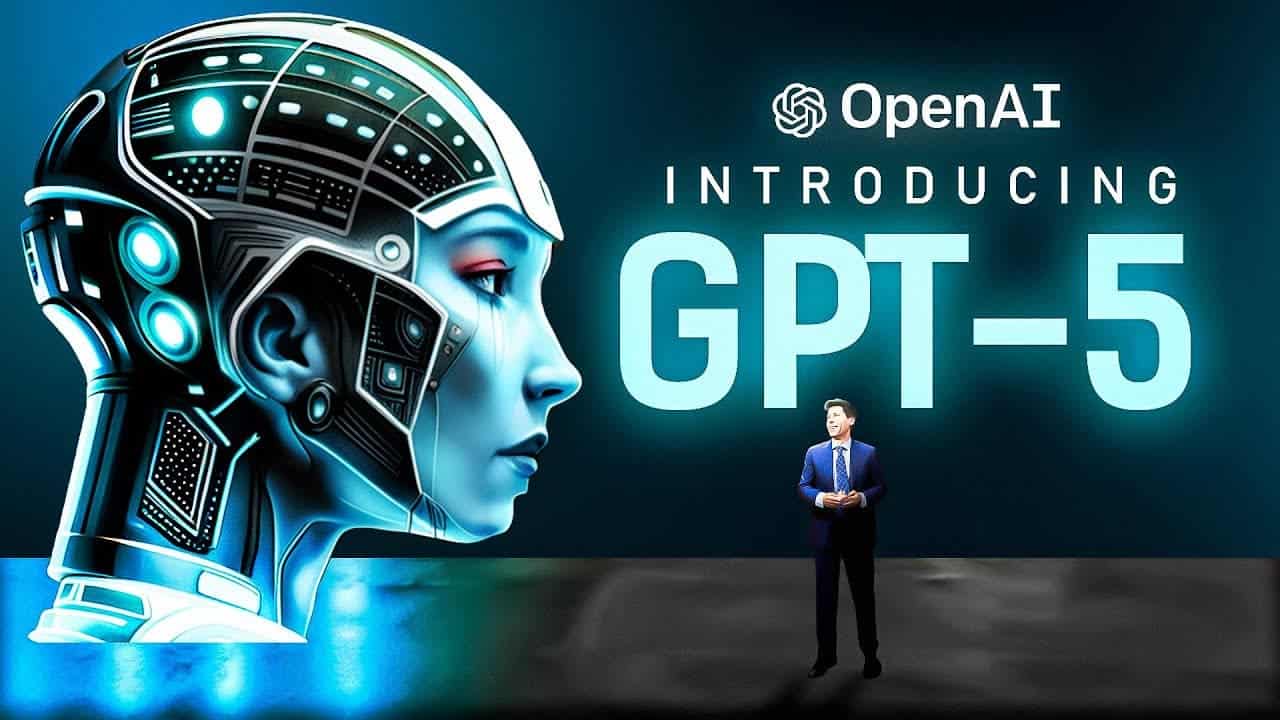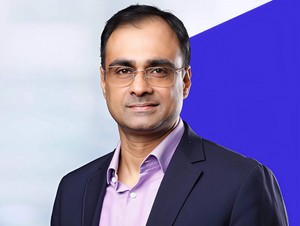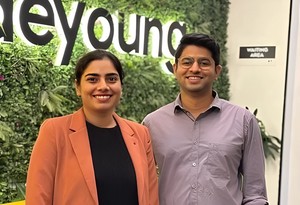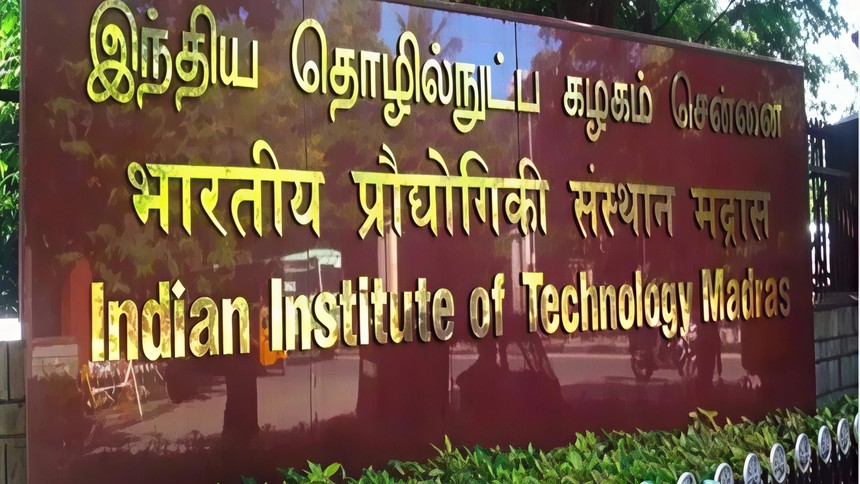OpenAI is preparing for a major leap in artificial intelligence with the upcoming launch of GPT 5, which may be the company’s most feature rich model to date. Recent insights from OpenAI’s executive team suggest that GPT 5 will serve as a unification point for the capabilities of both the GPT and O series models. This upcoming model is anticipated to integrate advanced reasoning, powerful multimodal processing, and potentially even AI driven device control through its Operator system. Though an official release date has not been confirmed, it is widely expected to arrive in July or August.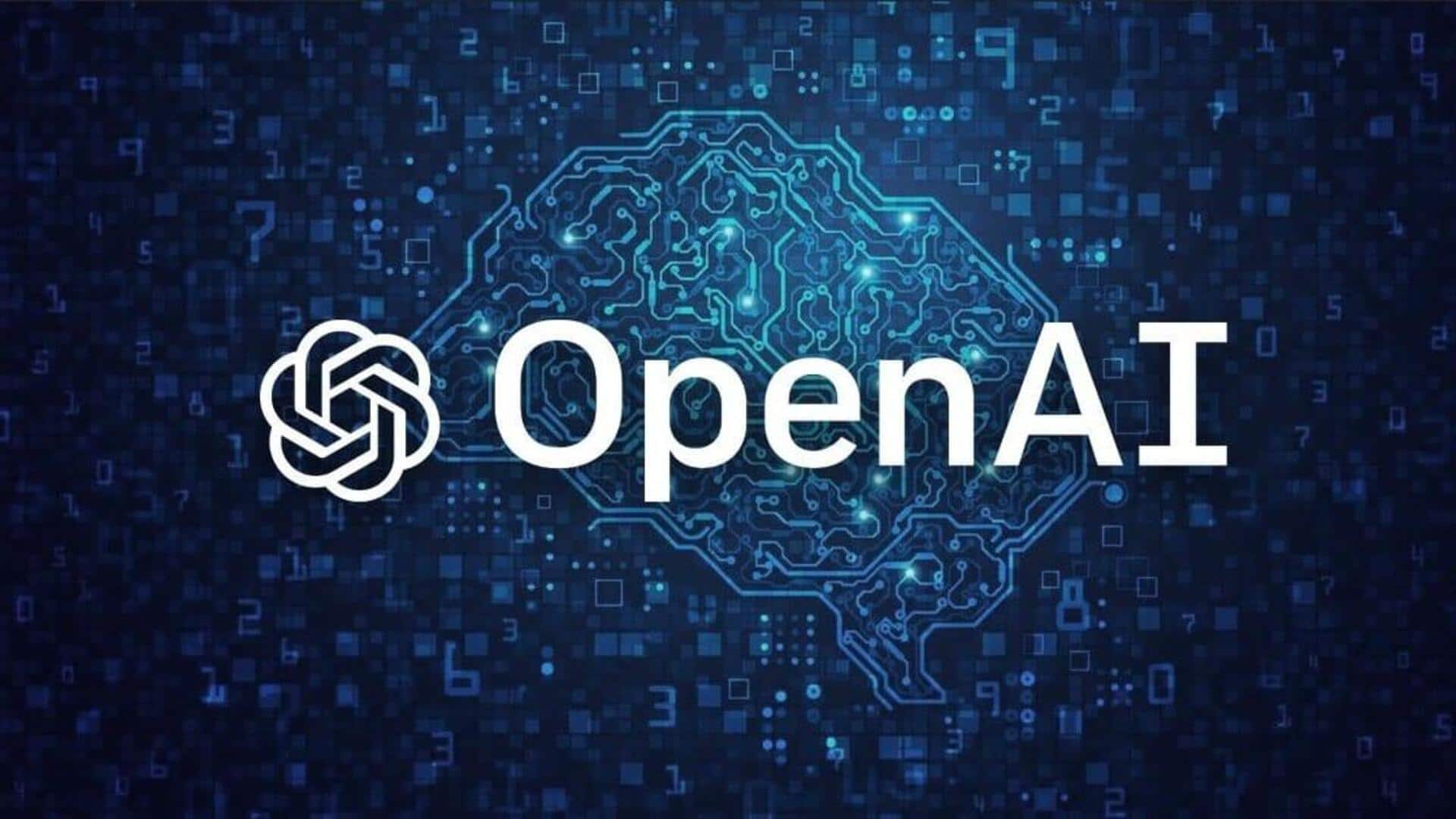
Romain Huet, who serves as the Head of Developer Experience at OpenAI, shared new details during a session at the Viva Technology conference in Paris. A clip from his talk was circulated online and quickly gained attention. According to Huet, the GPT 5 model is designed to be a major step forward, combining the breakthrough reasoning abilities developed in the O series with the multimodal strength of the GPT series. The goal is to make GPT 5 the foundation of OpenAI’s new frontier in artificial intelligence development.
The O series, short for Omni, was first introduced in September 2024 and focused on test time compute scaling and refined reasoning performance. It was designed for developers and researchers seeking higher level problem solving capabilities. On the other hand, the GPT series, known for its natural language understanding and multimodal inputs, has become popular among general users. GPT 5 is expected to merge these two lines, creating a model that is both broadly useful and technically sophisticated.
OpenAI’s CEO Sam Altman has previously mentioned his vision of bringing together the GPT and O series, and it appears that this unification will officially begin with GPT 5. In earlier public discussions, Altman hinted that the O series might be discontinued in favor of a more cohesive lineup. With GPT 5, that vision now seems closer to reality.
Beyond unification, another major feature being considered for GPT 5 is integration with the Operator AI agent. This is a computer using agent that can independently perform online tasks and actions on the user's device. Originally revealed in January 2025 and later expanded to Pro users in February, Operator has shown the potential for AI systems to go beyond conversational interfaces. OpenAI’s Vice President of Research, Jerry Tworek, has suggested that GPT 5 could be developed to function in tandem with Operator, helping users complete complex workflows without manual model switching or additional input.
This level of integration may represent a new generation of AI interaction, where models are not just tools for information but also assistants capable of taking meaningful actions. By combining powerful reasoning, natural voice input, visual understanding, and autonomous functionality, GPT 5 could mark a shift toward fully capable personal AI agents.
Although OpenAI has not provided a confirmed release date for GPT 5, Altman recently hinted during a livestream that the launch would happen before the end of summer. With just a couple of months left, industry watchers expect the announcement to arrive sometime in July or August.
As OpenAI continues to lead the evolution of AI systems, the introduction of GPT 5 may not just be another product update. It may well be the beginning of a new phase in how we engage with and rely on artificial intelligence across everyday tasks, content creation, development, and automation.
For more updates on GPT 5, Operator AI, and future tech breakthroughs, follow Tech Moves on Instagram and Facebook.


